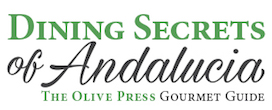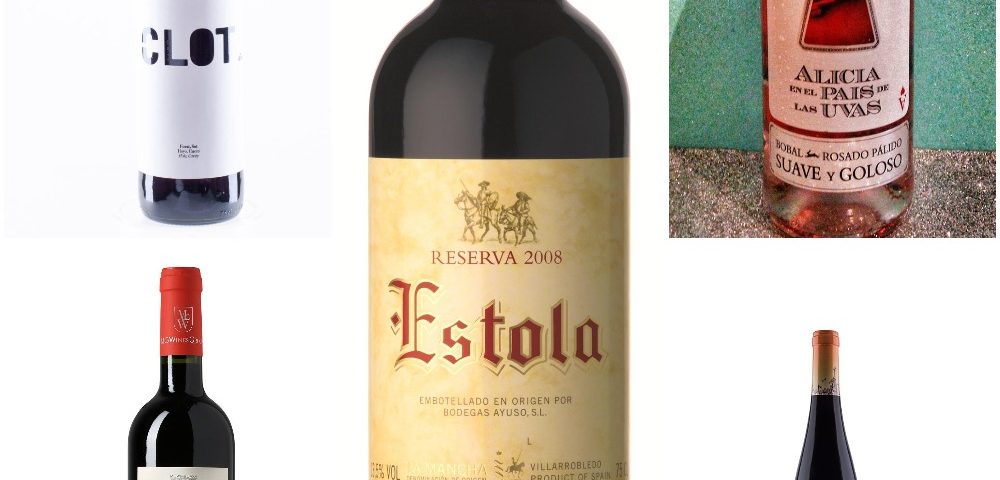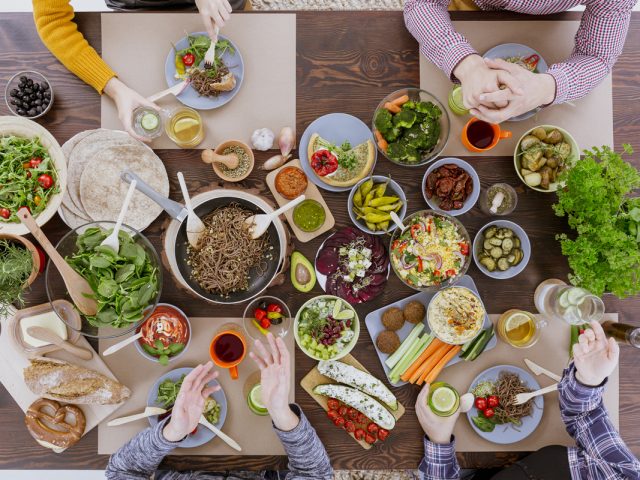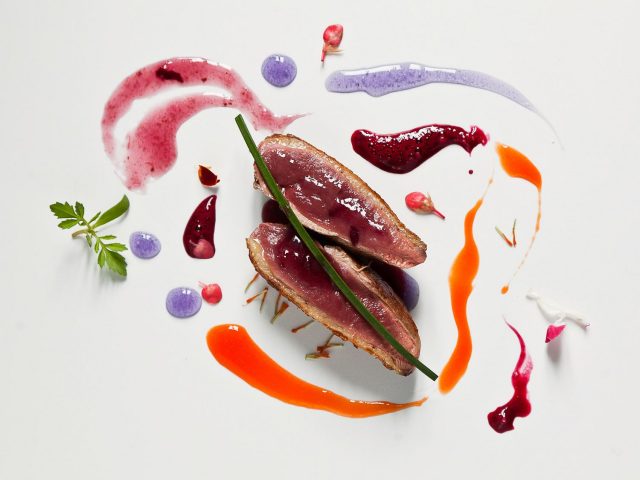- Have any questions?
- +34 951 273 575
- info@diningsecretsofandalucia.com

BBQ King: Ingenious pellet stove barbecues are a dream come true for cooking outdoors
26 June, 2019
Creative cuisine has finally started to revolutionise the Axarquia and Costa Tropical’s dining scene
29 June, 2019
LAST issue we looked at the 10 top best-scoring Spanish wines that combined the highest quality and prices.
This week our theme is bodega bargains as we select the best of the cheapest wines you can find in Spanish supermarkets, such as Alcampo, Carrefour, Lidl, Dia and El Corte Inglés.
There is an overwhelming choice of supermarket wines in Spain, so we went to the reference guidebook, Los Supervinos (Linde Editions) by oenologist Joan C. Martín.
For the ninth year in a row Martín has hand-picked 110 superwines that cost less than €7 and another 40 under €15.
He evaluates each wine according to 10 different criteria, including display, taste, colour, information to the consumer, aroma and quality-price ratio.
The final average score ranges from one to five ‘eyes’.
Páramo de Cásser, Sierras de Málaga – €15
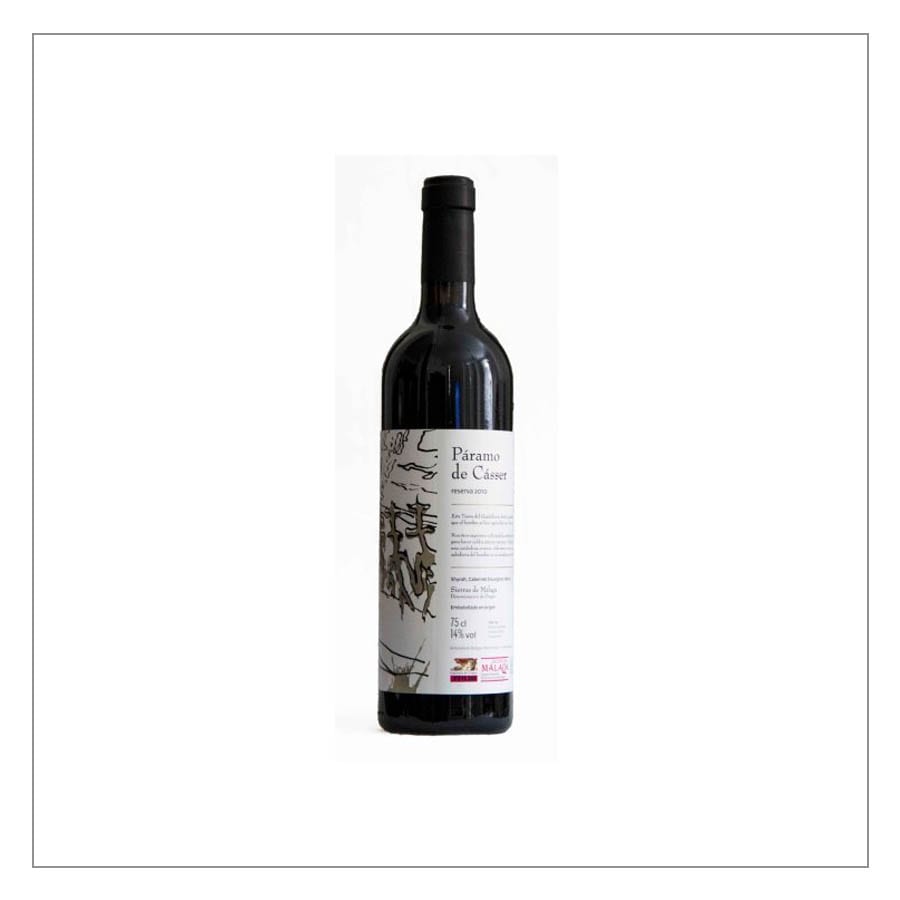
Martín describes it as ‘refined, elegant with an intense aroma, frank and natural’.
This superwine is made from Syrah, Cabernet Sauvignon and Merlot.
It goes perfectly with read meat, stews, Iberian pork sausages, goat and sheep cheese.
MO Salinas Monastrell, Alicante – €5,95

In 2018 it was named Best Superwine for the second consecutive year by Los Supervinos guide.
The prize goes to the wine with the best quality, price, singularity and origin.
This one comes from the Sierra Salina, in southeastern Spain, a landscape as green as a Swiss valley in the midst of a very dry region. It is well structured with a balanced acidity.
Freixenet Elyssia Brut Rosado – €13,25

A ‘very glamorous’ wine, says Martín, ‘because it maintains its intensity while having the texture of English marmalade’.
It is almost exclusively made from Pinot Noir, but has a small percentage of Trepat to keep it fresh.
The colour is a clean and shiny pale pink with tints of blue. It tastes fresh, light, with a refreshing acidity and slightly bitter notes.
Marqués de Riscal Finca Montico, Rueda – €14,20

This white wine, made from hand-picked Verdejo, does not have a powerful nose, but rather reveals a more elegant, complex varietal character.
The colour is greenish-yellow and the nose has a medium intensity with hints of fennel, herbs, white blossom, pear and peach.
It has a fresh, unctuous, very smooth mouth-feel, with a long, round finish.
It matches well with fish, shellfish, white meat, ham, pasta, chicken or cold meat.
Dominio de Tares ‘Cepas Viejas’ Mencía, Bierzo – €13

This subtle and elegant red is produced from Mencía, the characteristic grape for the Bierzo D.O.
It is well-structured and balanced, with a vibrant acidity, silky tannins and a hint of wild berries. Clove and liquorice on the back palate.
It pairs well with flavor rich recipes and dishes like slow cooked stews, roast beef or baked lamb.
All the above wines are the most outstanding of this edition, but others are more affordable – less than €4.
WHITE WINES
Montblanc 362, Conca de Barberà – €3,29

This wine from Tarragona, in Catalunya, is fresh, fruity and voluptuous with some acidity.
‘The climate of the region and its Gascon and Occitan heritage make this wine very French,’ says Martín.
Riesling, Alicante – €3,99

Acidic yet, at the same time, fresh and mellow. According to Martín, this wine from the Monóvar winery is particularly good this year.
Pazo Ribeiro – €3,36 euros.
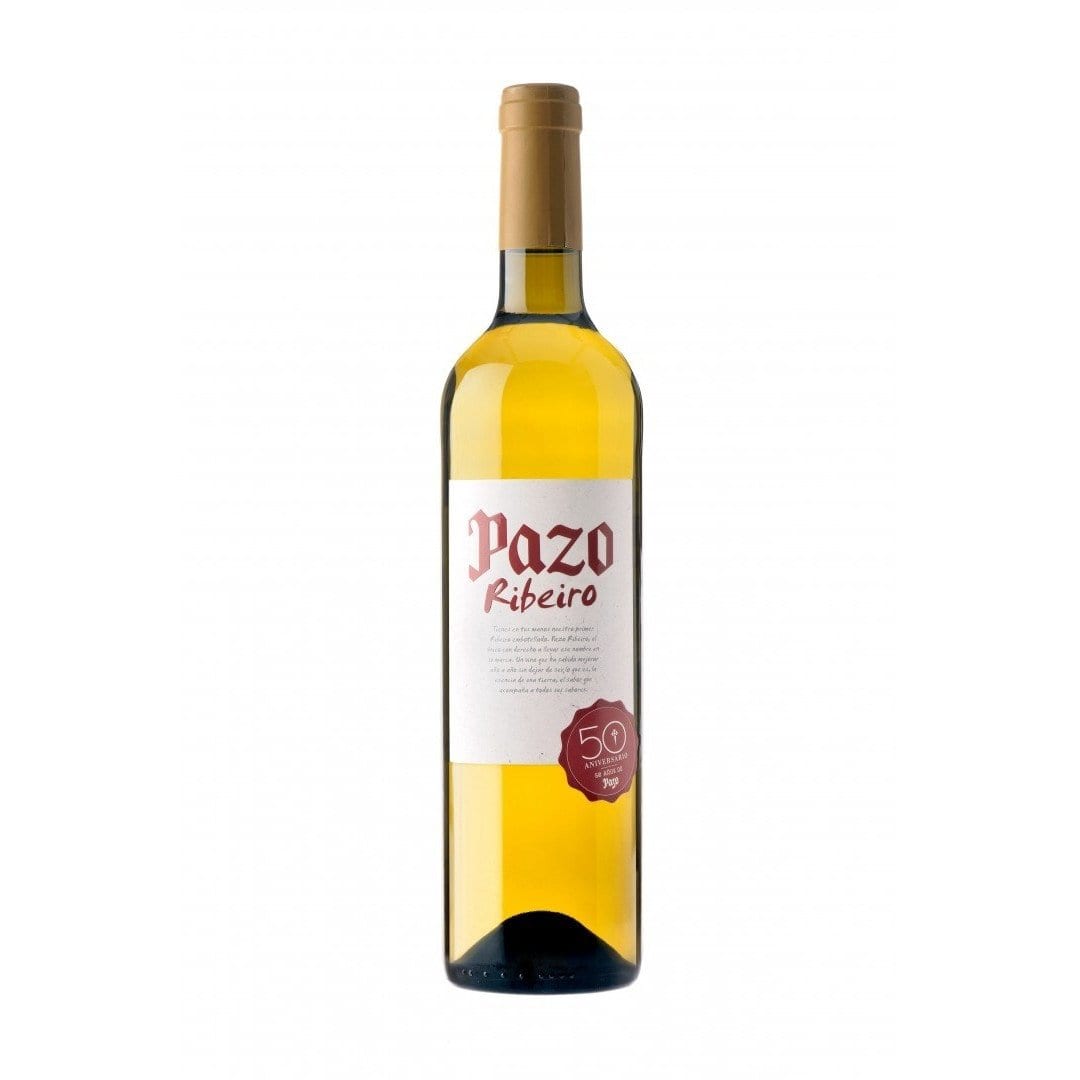
This wine tastes a bit like kiwi, ‘that marvelous green fruit, exotic but not warm or tropical’.
ROSE
Enterizo, Utiel – Requena – €2,39

Categorised as a ‘gastronomic rosé’, it’s the ideal companion for Mediterranean dishes, especially seafood rice dishes, recommends Martín, adding: ‘A nectar, undoubtedly’.
Clot, Terra Alta – €3,95

A ‘bright and luminous vermilion’ wine with notes of raspberry, blueberry and basil.
Goes brilliantly with suquet, fish, fish broths and mellow rices.
Alicia en el País de las Uvas, Requena y la Manchuela – €1,90

Made from the Bobal grape variety, this wine has a fresh aroma with blackberry and fruit jelly notes.
It is sweet, fresh and easy to drink with a low alcohol volume.
It goes well with salads, pastas and cold dishes.
RED
Estola Reserva, La Mancha de las Bodegas Ayuso – €3,70

This rich and intense wine is made from a blend of Cabernet Sauvignon and Tempranillo.
Full-bodied and well-structured, it presents complex aromas with spicy and balsamic notes, and is velvety on the palate.
It goes well with lamb.
Bodegas Ontañón Comportillo Crianza, Rioja – €3,15

This blend of Tempranillo and Garnacha combines aromas of fruit and wood.
It’s the perfect partner for lamb, veal and poultry.
Solar Viejo Tempranillo, Rioja – €3,49

This classic red wine from Rioja Alavesa presents notes of ripe fruit, red fruit and spices.
‘Really good, like those historic reds from Riojan harvests, but modernised in process and taste,’ says Martín.
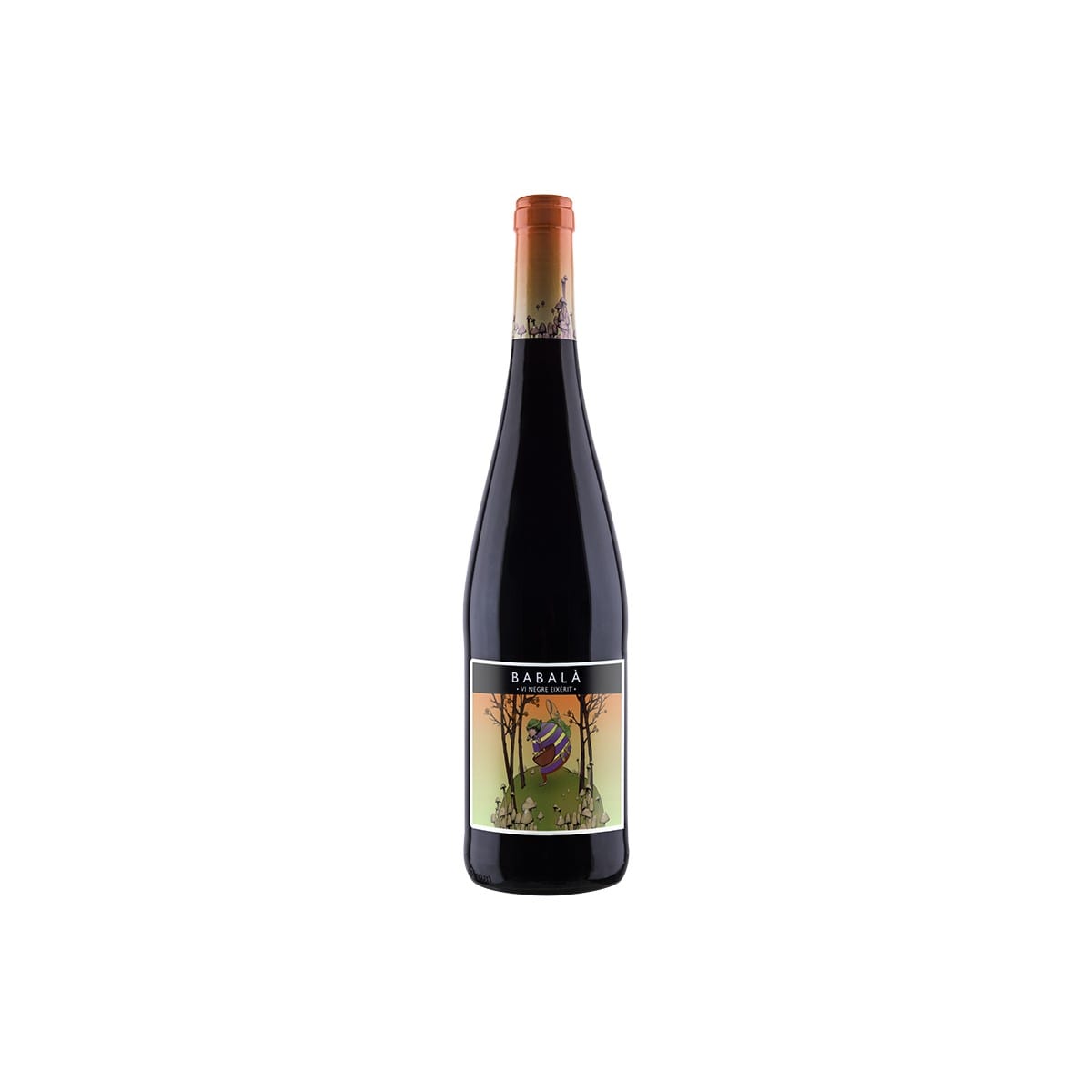
Babalà Negro – €5,75
This Catalan wine from the Celler Cooperatiu d’Espolla is made from two native grapes, the Lledoner negro (85%) and Lledoner rojo (15%).
It has a cherry red colour and the aroma of fresh fruit with aniseed and nuts.
The mouth is very sweet, with tannins present and a slightly bitter finish that gives it elegance.
It is ideal for drinks between hours, as an aperitif and accompanying light dishes.
CAVA
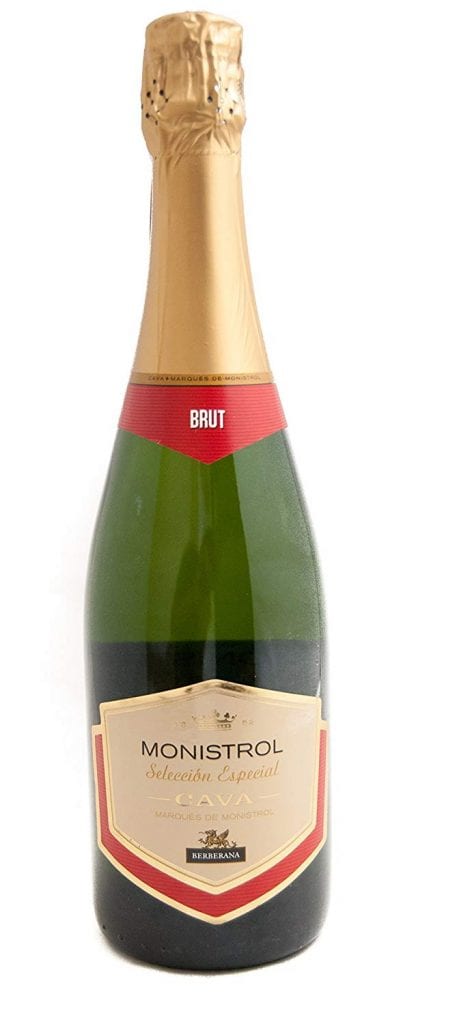
Marqués de Monistrol, Cava – €3,93
This rosé cava is ‘fresh, fruity (strawberries, blackberries, raspberries), and slightly acidic with notes reminiscent of sweet cake.’
Pair it with rice dishes, salads and all types of seafood.
JEREZ

Bodegas Hidalgo La Gitana Manzanilla Sherry, Andalucia – €13
This is an iconic but affordable Manzanilla, recognizable with its label in homage to a gipsy woman who ran a bar in Málaga in which the drink was particularly popular.
Made from Palomino Fino, its nose has yellow apple and lemon aromas with of floral notes and a touch of sea breeze.
It tastes light and dry at the start and becomes saltier, with subtle hints of liquorice and salted almonds.
It goes best with tapas and appetizers, fish, shellfish, white meat and salads.
